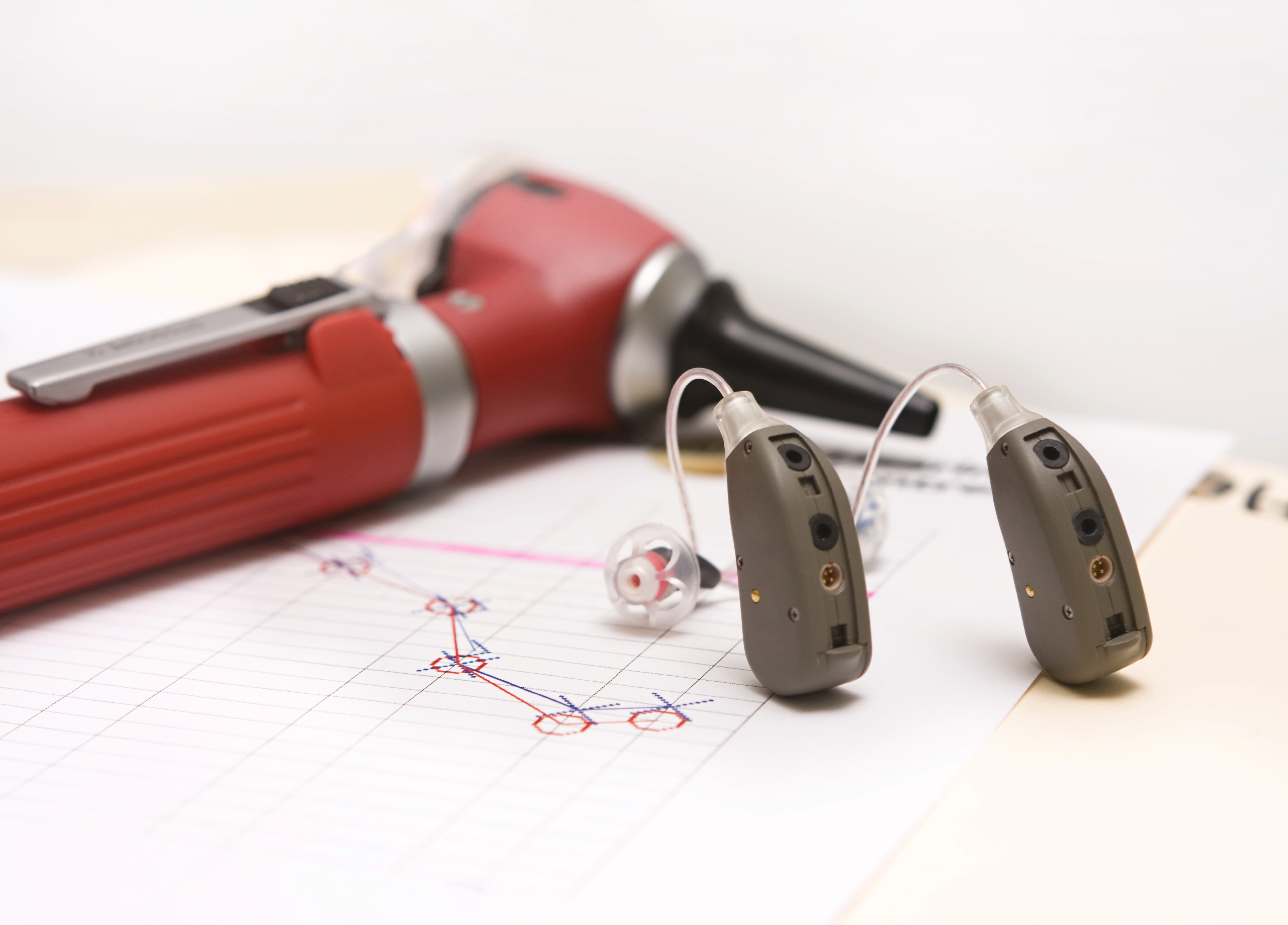
You’ve probably watched the commercials. The ones advertising PSAPs, or personal sound amplification products, guaranteeing an improvement to hearing for as little as 20 dollars. It sounds like a excellent deal—especially when compared to the substantial selling price of a hearing aid.
The fact is, it’s not so much a great deal as it is shrewd marketing. The commercials do their best to conceal some very important information while concentrating on carefully chosen talking points.
But the question remains: why would you want to shell out more money on a hearing aid when cheaper PSAPs are available? Here are five good reasons.
1. PSAPs are not medical devices regulated by the FDA
Listen carefully to the PSAP commercials. You’ll hear all about “boosts” to hearing but never about actually treating hearing loss. The reason: PSAPs are not FDA-regulated medical devices and cannot be used to treat any medical ailment, including hearing loss. PSAPs are merely leisure products intended to provide benefits to those who can already hear with ease.
Using a PSAP to address hearing loss is like wearing a pair of reading glasses to treat near and far-sighted vision impairment. Hearing aids, on the other hand, are FDA-regulated medical devices that can properly treat hearing loss.
2. PSAPs are not customizable
Hearing aids may not look like much on the surface, but inside they include state-of-the-art digital technology that can slice up, store, adjust, and control any type of sound. Hearing aids can also make modifications for pitch and volume so that amplification matches the patient’s hearing loss precisely.
A PSAP, in contrast, is a one-size-fits-all electronic gadget that amplifies soft sounds. Since everyone’s hearing loss is a little different, PSAPs won’t amplify the correct frequencies. Instead, PSAPs will amplify all sound, generating distortion in noisy locations.
3. PSAPs can’t enhance speech recognition
Speech sounds are unique in that they are largely represented in the higher frequencies, specifically in comparison to background noise. Considering that digital hearing aids can identify variations in sound frequency, hearing aids can amplify speech while curbing background noise. PSAPs, by and large, do not have this functionality.
4. PSAPs could cost you more in the end
To start with, hearing loss is occasionally brought on by factors that do not require hearing amplification at all. If, for example, earwax accumulation is triggering your hearing loss, an easy professional cleaning can correct your hearing within a matter of minutes—and without a dime spent on any amplification devices.
Second, sometimes more significant medical ailments can result in hearing loss, so you’ll want a professional assessment to rule this out. Considering that you can purchase a PSAP without any communication with any healthcare specialists, you could be putting yourself in real danger.
Third, if you do have noise-induced or age-related hearing loss, a PSAP will not work the way you want it to. You’ll most likely invest in a hearing aid sooner or later anyway, so you might as well forego the additional expense of the PSAP.
And last, in contrast to hearing aids, there is no mandatory trial period for PSAPs. If you buy one and it doesn’t work, there’s no legal guarantee that you’ll recoup your money.
5. PSAPs lack the features of a hearing aid
PSAPs, like we explained, are simple amplification devices stripped of any advanced functionality. Hearing aids, in contrast, can enhance speech, reduce background noise, and accommodate to different environments. Some hearing aid models can even stream phone calls and music wirelessly, and some can be controlled with smartphones and watches.
The choice is yours
PSAPs do have their uses. If you have regular hearing, PSAPs are perfect for things like bird watching and eavesdropping on conversations, if that’s your sort of thing.
But for hearing loss, don’t settle for less than you deserve. Your hearing, and the relationships that depend on it, are too important.